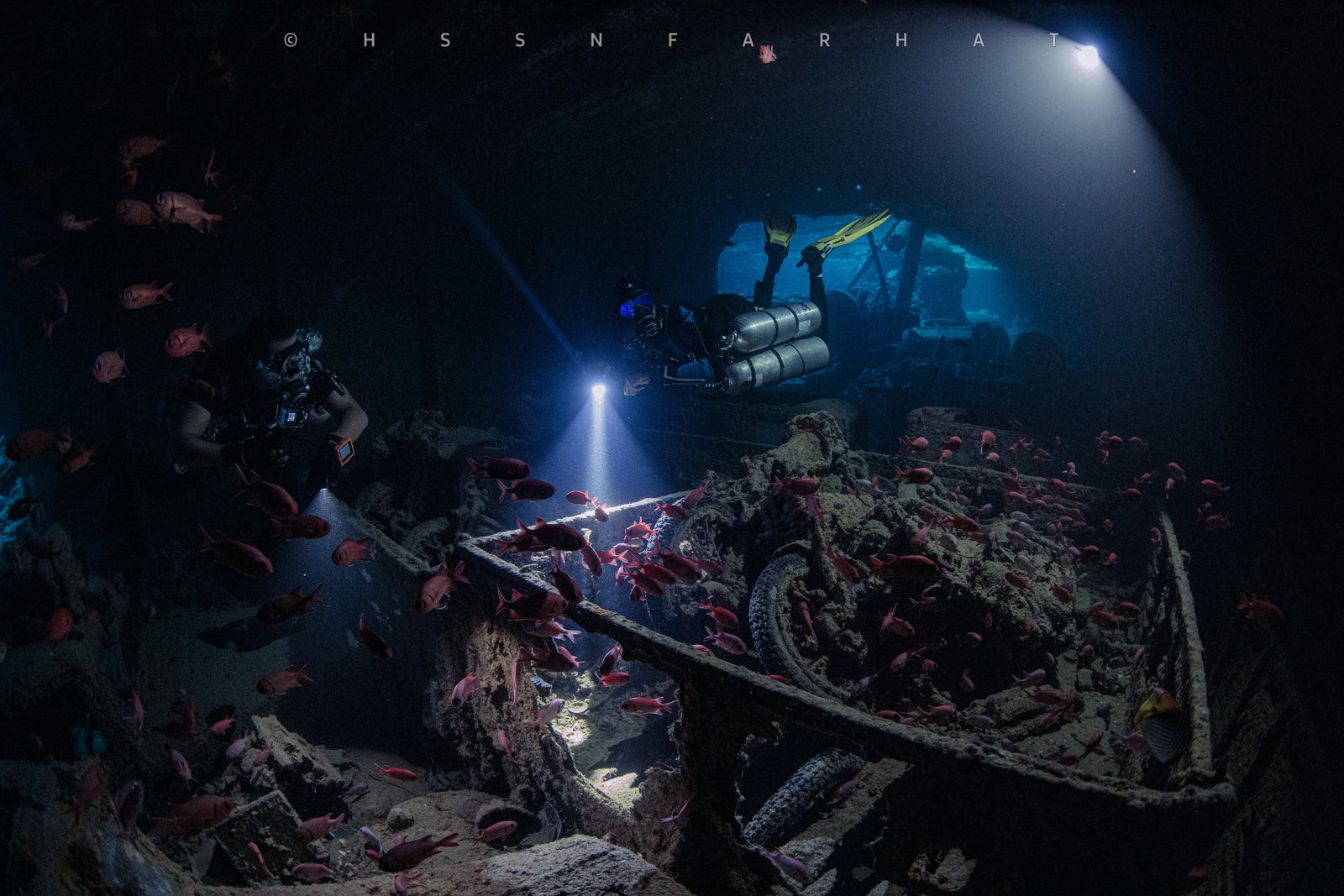Technical Diving Equipment: A Detailed Overview

When embarking on the adventure that is technical diving, one quickly realizes that the equipment used is more complex and advanced than standard recreational diving gear. It's designed for deeper dives, longer durations underwater, and enables divers to explore underwater environments that are out of bounds for traditional scuba divers. This blog post provides a comprehensive overview of the technical diving equipment you'll need for these thrilling explorations.
-
Twin Cylinders: For technical dives, a twin cylinder setup provides redundancy in case of equipment failure and accommodates the larger gas supply needed for decompression and deep dives.
-
Buoyancy Control Device (BCD): Technical divers often use wing-style BCDs, which provide a stable and horizontal trim. They also come with a harness system that secures cylinders and additional equipment.
-
Regulators: Tech divers typically have one or two regulators on each tank. They ensure reliable gas delivery even under the high-pressure conditions of deep dives.
-
Decompression Cylinders: These carry gases for decompression stops. Divers breathe these gases at specific depths to safely eliminate inert gases from their bodies.
-
Dive Computers: Technical dive computers, such as the Shearwater Peregrine, Perdix 2, and Teric, have advanced features for managing multiple gases and calculating decompression stops. Some, like the Shearwater Swift, can even interface with a transmitter for real-time gas pressure information.
-
Dry Suit: This suit provides insulation during longer dives in colder water, where hypothermia can be a concern.
-
Rebreathers: Closed-circuit rebreathers are popular in technical diving. They recycle exhaled gas, extending dive times and reducing gas consumption.
-
Dive Lights: Given that technical dives often take place in deep, dark environments, high-quality dive lights are essential for safety and visibility.
-
Dive Knives and Cutting Tools: These are necessary for emergencies, such as entanglement in fishing lines or nets.
-
Underwater Navigation Equipment: Compasses, dive reels, and markers assist in underwater navigation, particularly in overhead environments like caves and wrecks.
To conclude, while the list of equipment for technical diving might seem overwhelming at first, with proper training and understanding, each piece plays an integral role in ensuring a safe and exciting dive. Always remember that technical diving equipment must be chosen carefully, based on the specific requirements of your dive, and maintained regularly for optimal performance and safety. Take your PADI TecRec courses with us at Extreme Sports to get hands-on experience with these tools, and to commence your journey into the depths of technical diving.

